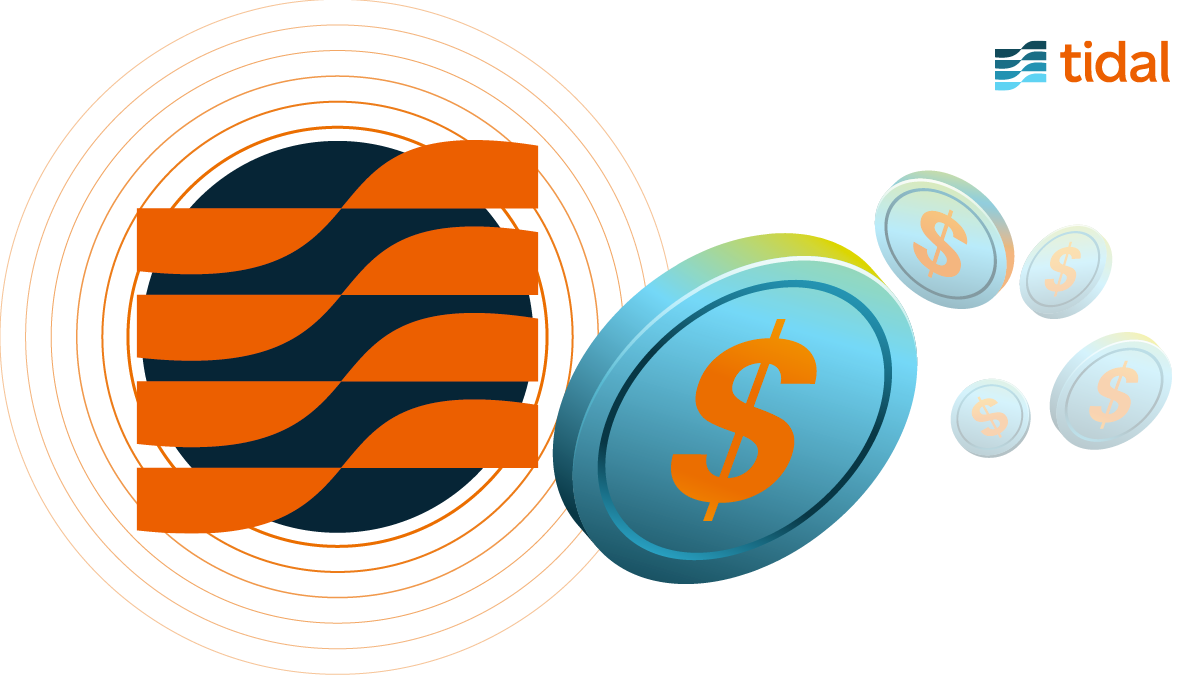5 Easy Steps to Build Your AWS Cloud Migration Business Case
Migrating your organization’s applications to the cloud is no small task. Before planning and execution can even be fathomed, many of our customers’ first challenge is to create a data-driven business case for management buy-in.
In this article, we will cover Tidal’s approach to hacking the first phase essential to your organization’s migration to AWS cloud: Assess. Whether you are looking to rehost from your on-premises infrastructure with a lift-and-shift migration, or want to migrate transformatively by refactoring your applications (we love the latter!), you first need the right data and information to assess what you have and need to migrate. Only then would you be able to plan and execute your cloud migrations with confidence.
“How much does it cost to run my 1,409 on-premises servers? Uh, or was it 14,097 servers?”
“Why does our billing department need 37 different applications?”
“How much time and resources would migrating all these applications and servers save?”
1. Start Small
It’s not uncommon to find that these questions actually debilitate an IT department from taking any action for months, and even years! David Colebatch, our CEO at Tidal, had some wise words to say about the Analysis Paralysis trap in this blog. The bottom line was: start small. There is no need to assess all applications when creating a business case. Select a handful of manageable but impactful workloads. We generally ask our customers to choose applications based on its importance or simply by business units.
2. Look Beyond Your Infrastructure
We take a layered approach to discovery with all our customers from server inventory and nmap host discovery to short but effective business interviews and source code analysis. To do so, we purposefully created a collaborative platform and an agentless discovery tool, Tidal Tools, that automatically discovers applications and gives usable insights on our customers’ environments. We strongly encourage using a discovery approach that gives you a holistic view of what you would be working with before proceeding to plan and execute your cloud journey. This will empower you with the information you need to make data-driven decisions to move forward.

Tidal’s Layered Approach to Discovery
3. Know Your Applications’ Business Value
We recommend an application-centric approach that considers not only an application’s technical complexity, but also its business value. Once you know your company’s goals and objectives for moving to the cloud, the next step is to critically assess the business importance of each application. Doing so will add a new dimension of prioritization to your migration plan.
4. Prioritize Your Migration Using the 6 R’s
With those first three steps completed, use the 6 R’s of Application Migration Strategies as a template to determine how each application should be transitioned. The Tidal automates this process for our customers with its automated Recommendation Engine feature.
5. Quantify the Impact of Migration
Now that you know if the subset of applications you selected to assess should be retired, repurchased, rehosted, refactored, replatformed, or retained, you will need to quantify the impact in real numbers. We found that customers who can present financial assessments of its present environment compared with the impact of at least two approaches to a cloud migration, have greater success in receiving the nod from Management to go ahead. Our customers now use the free Calculator tool we created for this reason. By empowering them with a simple-to-use tool for cost visibility, they can generate financial assessments within minutes.
Summary
Gathering the right information is essential in creating a strong business case for a cloud migration. For the most impact, we recommend to start by assessing a selection of applications as opposed to an organization’s entire portfolio. Then, use a layered approach to discovery, including the crucial element of business value. Once you prioritize the transition of each application based on the 6 R’s, quantify the financial impact of the migration. These steps will provide you the confidence to migrate to the cloud, bringing your organization closer to true business transformation!
-Krystle Khoo, Chief Strategy Officer, Tidal
Create a financial assessment of your cloud migration project for free and in a matter of minutes at Calculator.


